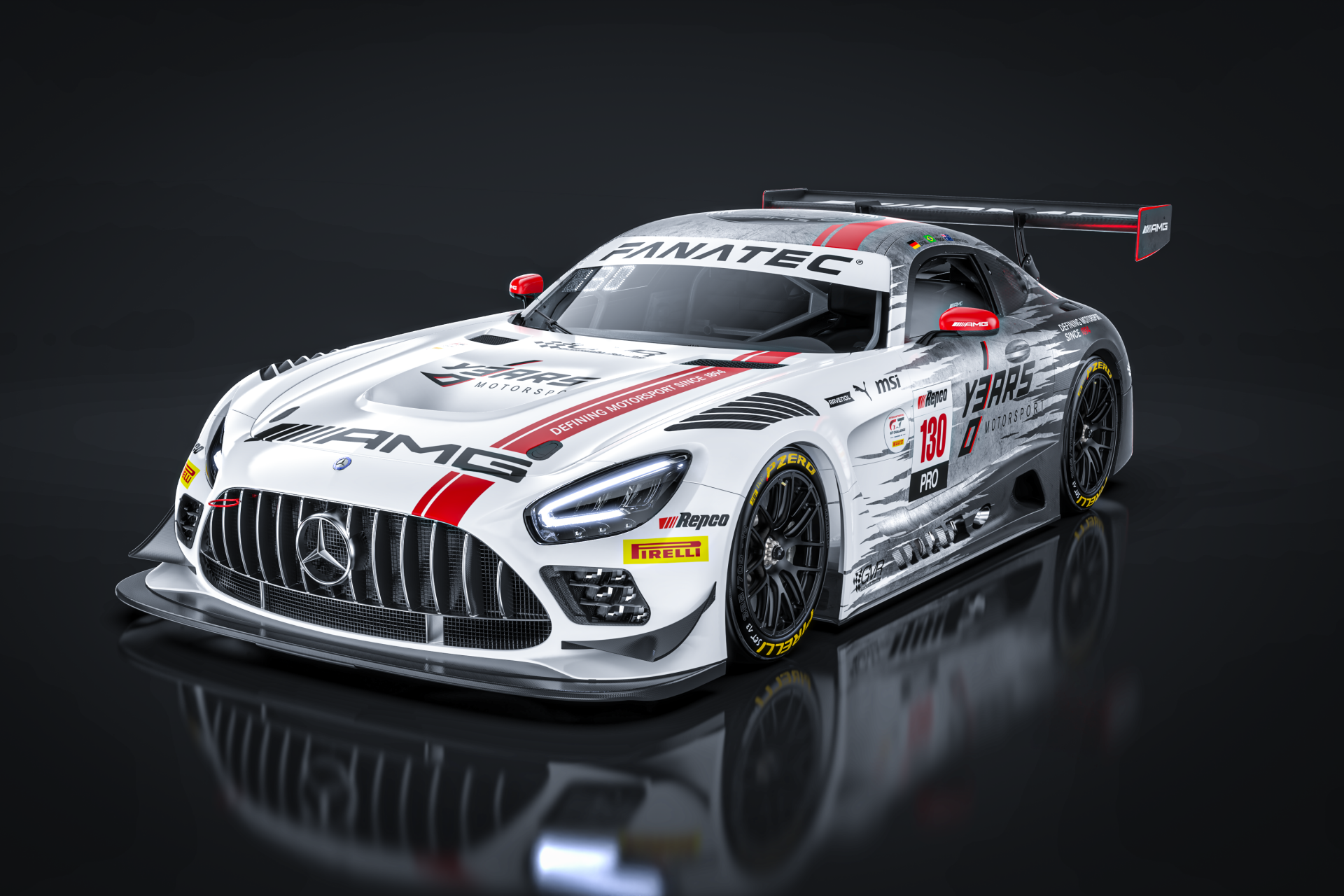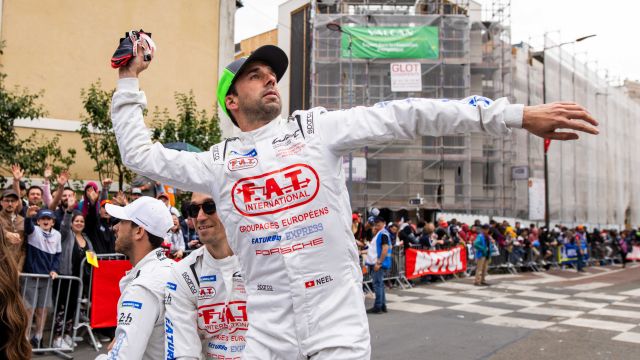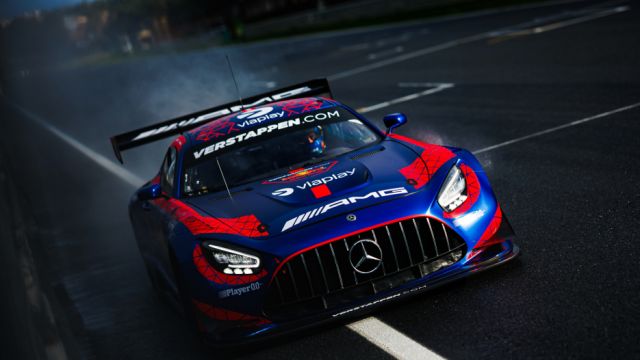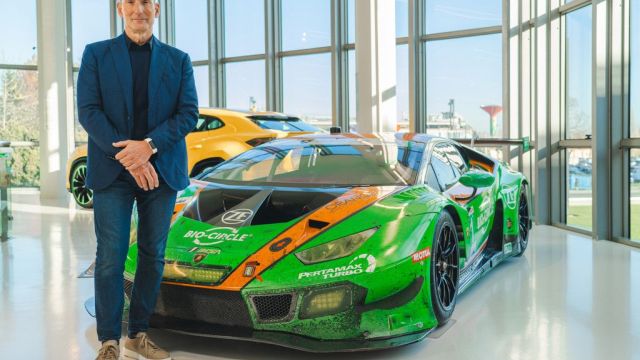From competition ride to record run – Mercedes-AMG celebrates 130 years of motorsport under the sign of the star
This year, Mercedes-Benz is celebrating 130 years of motorsport. An anniversary that is marked by emotional events, historic highlights and extraordinary achievements - then as now. This era began with the first competitive automobile ride from Paris to Rouen on 22 July 1894. At present, the brand with the three-pointed star is involved as Mercedes-AMG in Formula 1, GT customer racing and Esports. Countless races, achievements and titles have been accumulated over the years in a wide range of motorsport categories. Reasons enough to celebrate the anniversary year at selected events - under the motto "Defining Motorsport since 1894"
Special anniversary livery in Bathurst 12-hour race
The Repco Bathurst 12 Hour at Mount Panorama Circuit, some 200 kilometres west of Sydney, Australia, marks the start of the anniversary activities. The classic down under also serves as the season opener of this year’s Intercontinental GT Challenge (IGTC). Next to nine further Mercedes-AMG cars, the entry with starting number 130 stands out in particular. Mercedes-AMG Team GruppeM Racing runs the AMG GT3 sporting a special anniversary livery. The race car comes in a colour combination of white, silver and classic carbon fibre optics to symbolize 130 years of motorsport. White was the typical colour of German race cars from the early days. Silver is a reminiscence of the silver arrows that were born in 1934. Legend has it that the paint was scraped of the W 25 race cars overnight to reduce the weight of the cars. The rear section of the anniversary livery, meanwhile, shows clear carbon fibre looks, building the natural bridge to the current race cars in GT racing and Formula 1 the outside bodywork of which is largely made of carbon fibre. Driver of the car with starting number 130 is Mercedes-AMG Performance Driver and AMG brand ambassador Maro Engel (GER), who has been racing for the brand since 2008. He will be racing with the special livery in various race series in the course of the year. At Bathurst, Engel will be assisted by Felipe Fraga (BRA) and David Reynolds (AUS). Complementing the real-world racing activities, the anniversary livery will also be available in various racing simulations.
Lap record at Mount Panorama Circuit envisaged
Prior to the actual race at the undulating Australian track, Mercedes-AMG envisages a new lap record. The current fastest time by a GT car at the 6.213 kilometres long track is 1m 58.68s. The car prepared for the record attempt is based on the Mercedes-AMG GT3 and underlines the large potential the worldwide successful customer sports model holds. The special technical features refer to parts of the brand’s motorsport heritage. For instance, a tiltable rear wing has been installed like it was used in DTM to Class 1 regulations. A similar DRS system is used in Formula 1 as well. The brake system consists of carbon discs, also the norm in Formula 1, while steel brake discs are compulsory according to the GT3 regulations. A slightly modified front section as well as adapted side skirts round out the aerodynamic modifications. Breathing freely without an air restrictor, the 6.2 litre atmospheric engine delivers an output of around 650 hp. Mercedes-AMG Performance Driver Jules Gounon (AND) will drive the car as the reigning IGTC champion. The three-time record winner of the Bathurst 12 Hour will do his utmost to start the anniversary year with a first highlight.
So far, further different activities have been planned during the following events: Formula 1 Grand Prix of Emilia Romagna from 17-19 May (Imola, Italy), ADAC RAVENOL 24h Nürburgring from 30 May-2 June (Nürburg, Germany) and the Goodwood Festival of Speed from 11-14 July (Chichester, Great Britain).
"130 years of motorsport by Mercedes-Benz is a unique period full of achievements. We have always been a racing brand, we excelled in all major disciplines from Grand Prix racing to rallying. Today, when we are proud of our Formula 1 team and the achievements by Mercedes-AMG in customer sports, this excellent tradition is reflected. The Mercedes brand was even born out of competition: the first ever Mercedes dominated the Nice race week in 1901. The 300 SEL 6.8 AMG competition touring car based on the top-of-the-line S-Class model at the time is also famous. It secured the class win in the 1971 Spa-Francorchamps 24 Hours - and AMG became the centre of public attention."Marcus Breitschwerdt, head of Mercedes-Benz Heritage
“The legacy of 130 years in motorsport is an extremely huge and valuable one. Successfully carrying this into the future is a responsible duty for all of us. I am delighted that we get this anniversary underway during the 12-hour race at Bathurst and hopefully also honour it with a record lap. Moreover, we are heading to the iconic Mount Panorama as the defending champions for the second consecutive time. Of course, we want to defend this title and thus add another milestone to our 130-year-long motorsport heritage, living up to the motto ‘Defining Motorsport since 1894’.” Christoph Sagemüller, head of Mercedes-AMG MotorsportChronicle at a glance: milestones from 130 years Mercedes-Benz Motorsport
|






Comments
Log in to comment the article